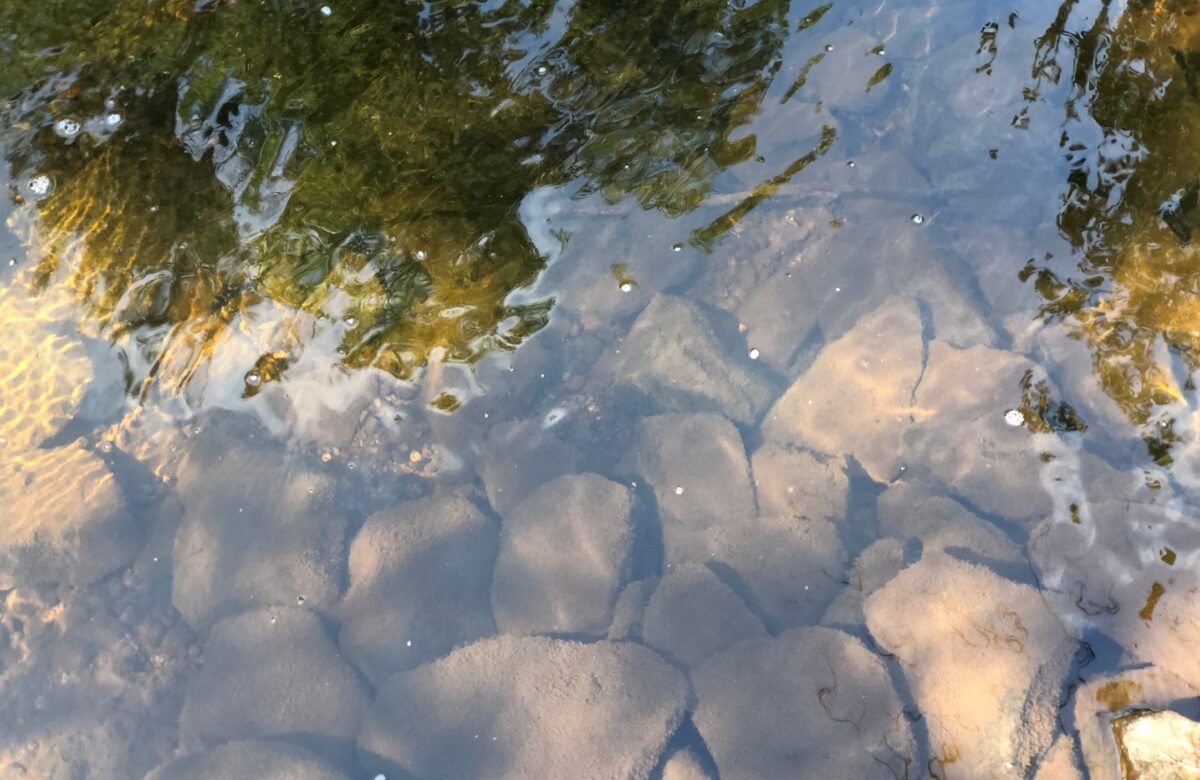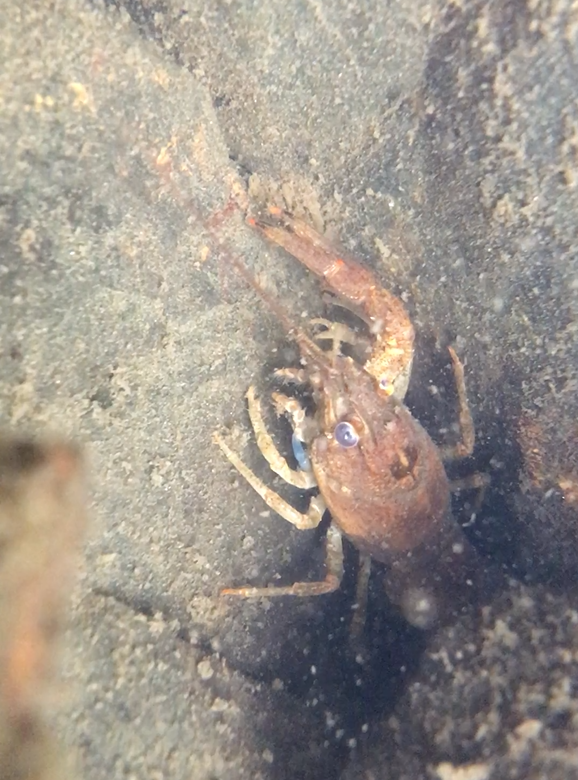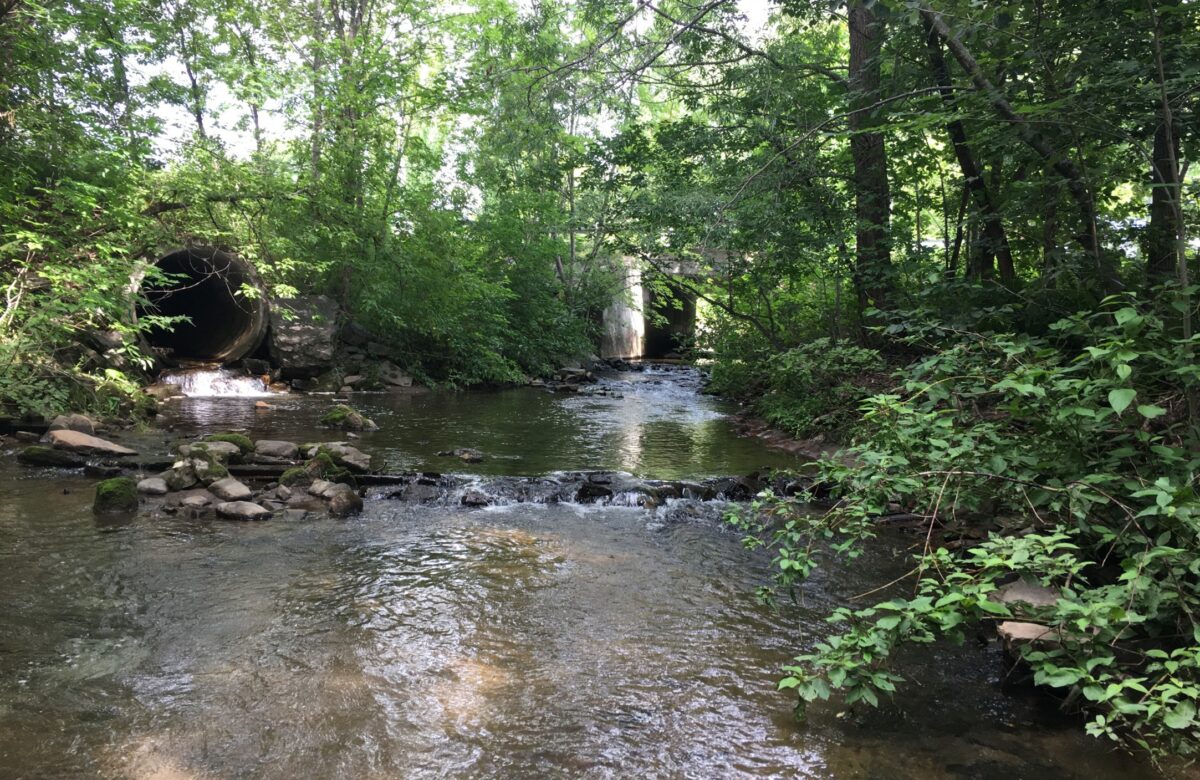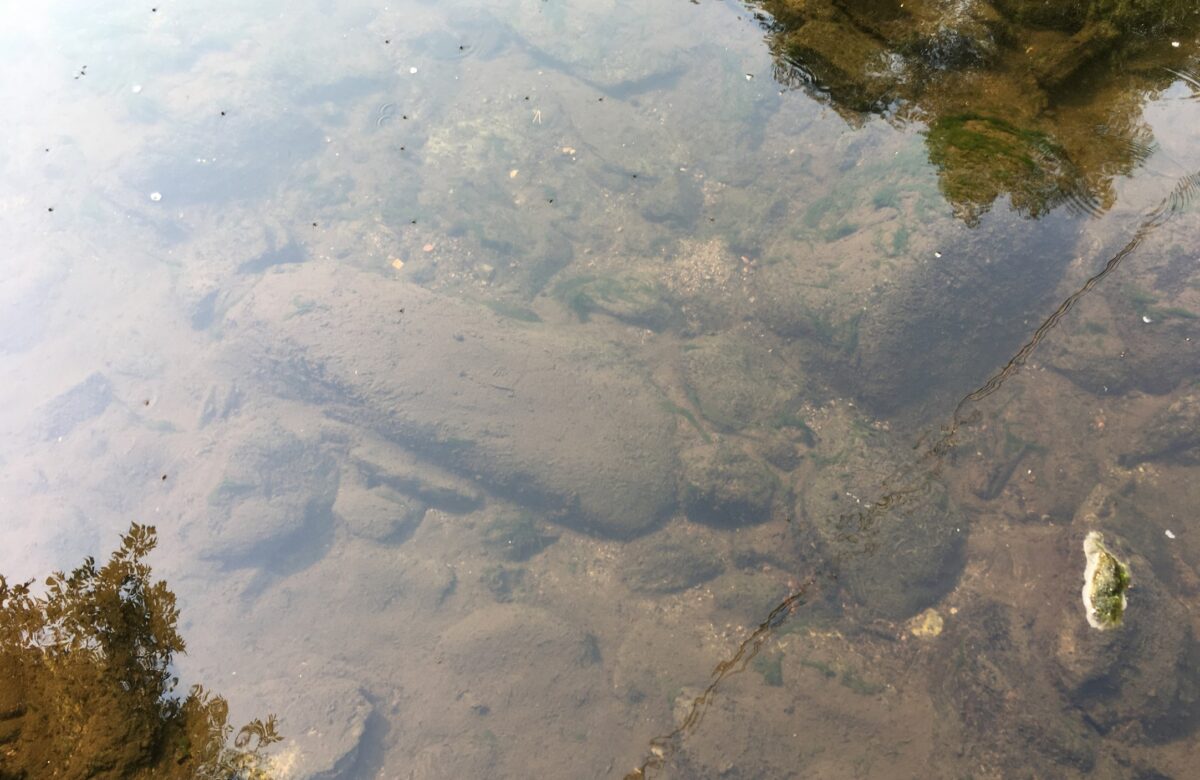- Research
PhD student Linsey Yvette Mouatchô unveils an invisible but crucial world. Her work reveals a disturbing reality: our freshwater ecosystems are affected by plastic debris.
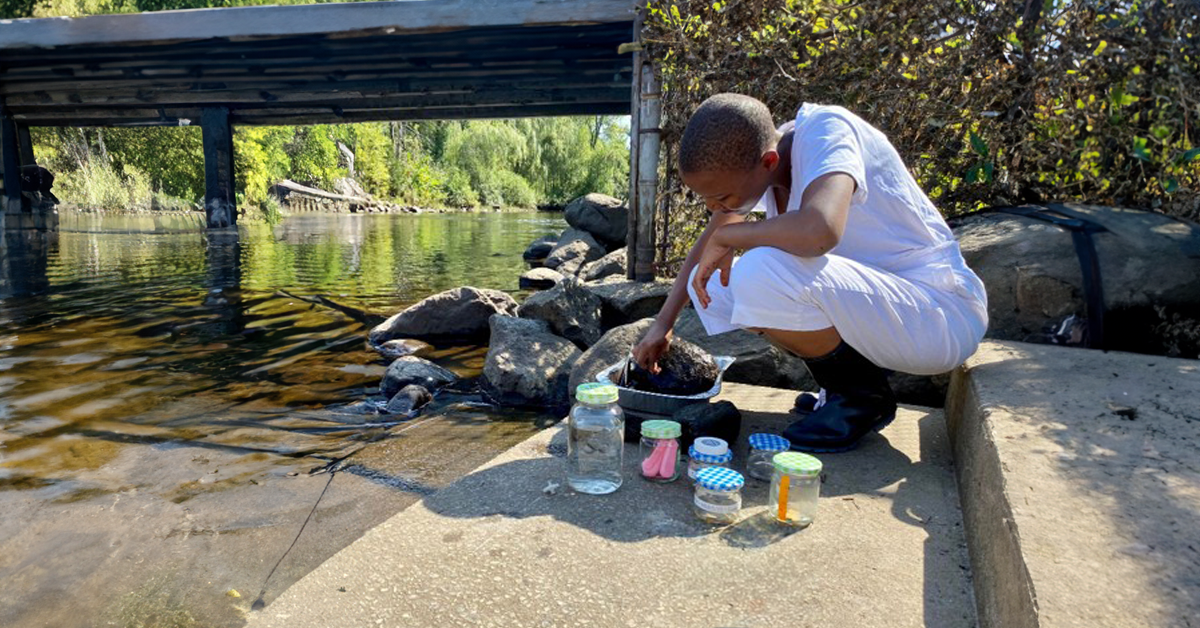
Earth Day, celebrated every April 22 since 1970, aims to raise awareness about the importance of environmental protection. It was created in the wake of the Santa Barbara oil spill in 1969, during which nearly 11 million litres of oil was released into the Pacific Ocean, seriously disrupting biodiversity. Oil slicks can suffocate aquatic ecosystems by blocking oxygen exchange, making it difficult for marine life to survive. In addition, oil contaminants can accumulate in the tissues of organisms—a process known as bioaccumulation. When these contaminated organisms are consumed by predators, the concentration of pollutants can increase at each level of the food chain. This phenomenon, known as biomagnification, can ultimately lead to these harmful substances ending up on our plates.
This year, Earth Day Canada is shining a light on biodiversity. Derived from the prefix bio (from the Greek βίος/bíos, meaning “life”) and the word diversity, biodiversity refers to all living species, the ecosystems they live in, and their complex interactions with their environment.
Ecotoxicology, the study of how contaminants behave and impact the environment, plays a key role in preserving biodiversity. This scientific expertise is found at both INRS and Pôle Géoscientifique de Québec (PGQ), where a key research focus is understanding the impact of human activities on natural systems. To this end, the team conducts research on modelling contamination plumes, developing decontamination strategies, and applying technologies for the remediation of contaminated sites.
Linsey Yvette Mouatchô, a doctoral student in water sciences at the INRS Eau Terre Environnement Research Centre, contributes to this work through her research on microplastics in fresh water ecosystems, particularly in the algal biofilm that colonizes waterways. Composed of microorganisms embedded in a matrix, this biofilm is critical for biodiversity and the proper functioning of freshwater ecosystems. In addition to forming the foundation of the food chain, it contributes up to 25% of the planet’s total primary production. While it is already known that biofilms can use plastic debris as a colonization substrate—forming what is known as the plastisphere—their ability to trap this debris within their matrix remains under-researched. Understanding this trapping potential is crucial, as it could significantly influence the health and overall functioning of aquatic ecosystems.
For example, microplastics trapped within biofilms could be ingested by primary consumers that depend on them as a food resource. These particles could also alter the structure of microbial communities and reduce the diversity of species within the biofilm. Both these factors directly influence the ecosystem services biofilms provide. These observations highlight the glaring lack of studies on the interaction between biofilms and microplastics. In collaboration with researchers from Environment and Climate Change Canada, Linsey Yvette Mouatchô has demonstrated the presence of nanoplastics—plastic particles 1,000 times smaller than microplastics—within the biofilm colonizing the seagrass beds of Lake Saint-Pierre. Their study revealed a surprising amount of plastic debris, illustrating the extent of plastic pollution in our freshwater ecosystems.
Redaction: Linsey Yvette Mouatchô
You may also like
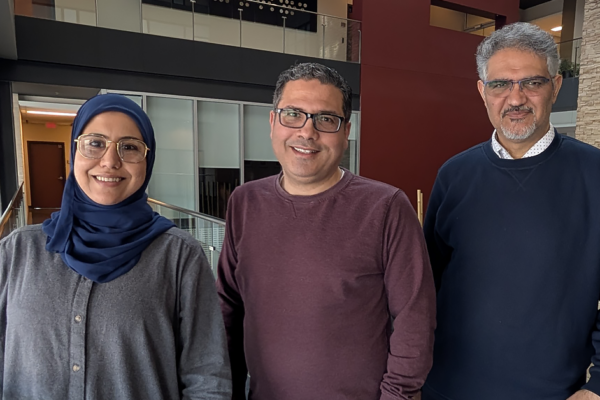
March 24, 2025
A major breakthrough for river ice monitoring in Québec
March 21, 2025
Luc-Alain Giraldeau’s inspiring talk at CORIM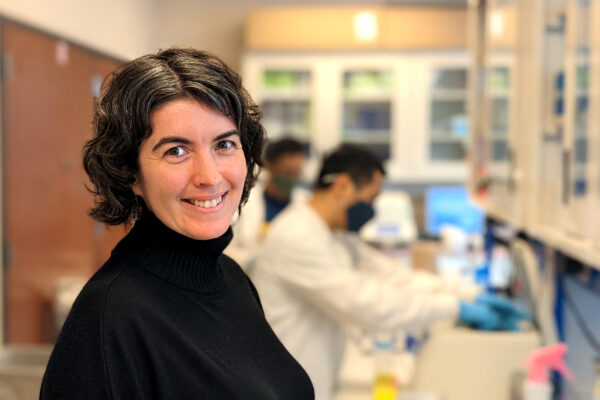
February 20, 2025
$1.4 million to study endocrine disruptors in depth
